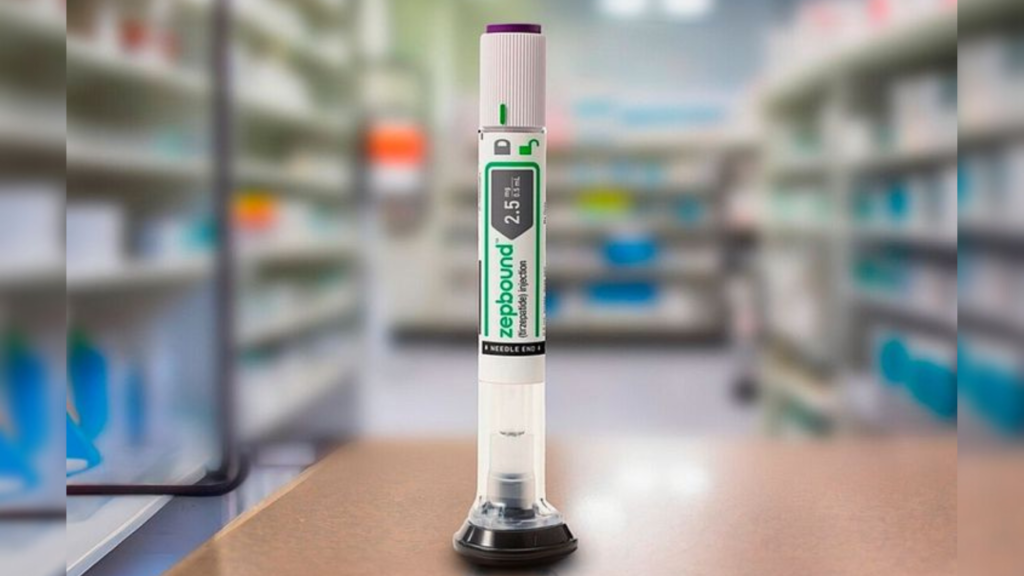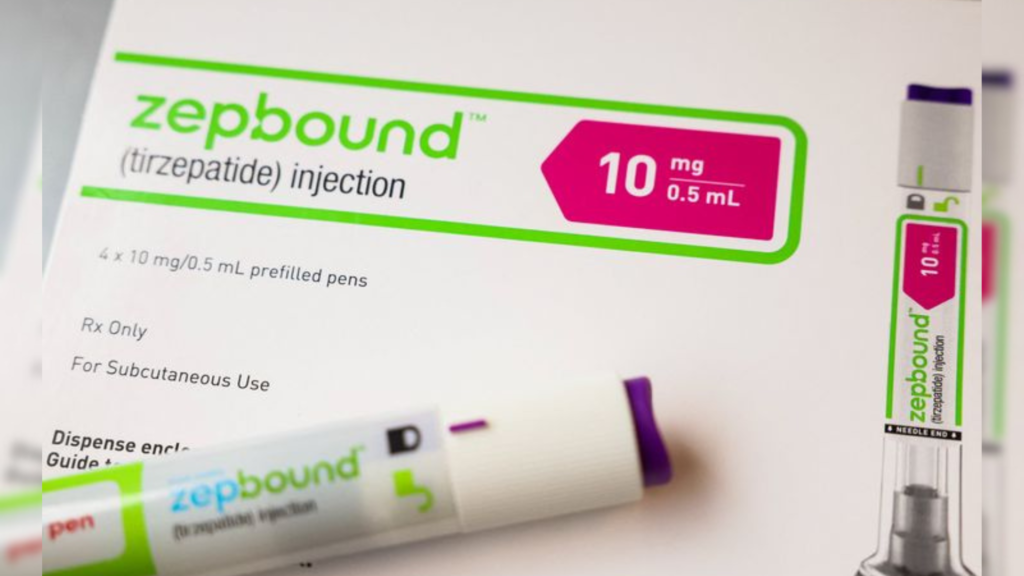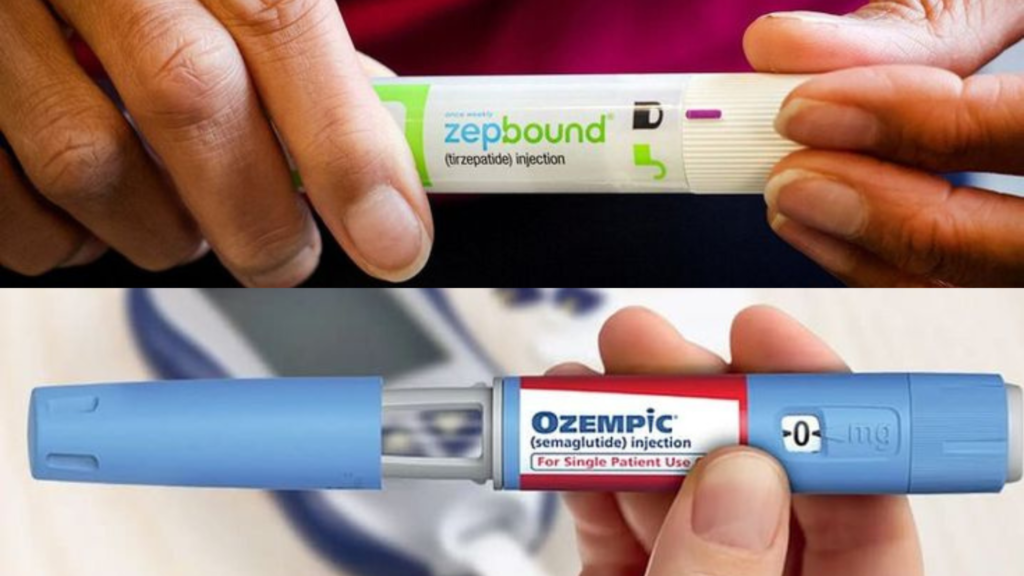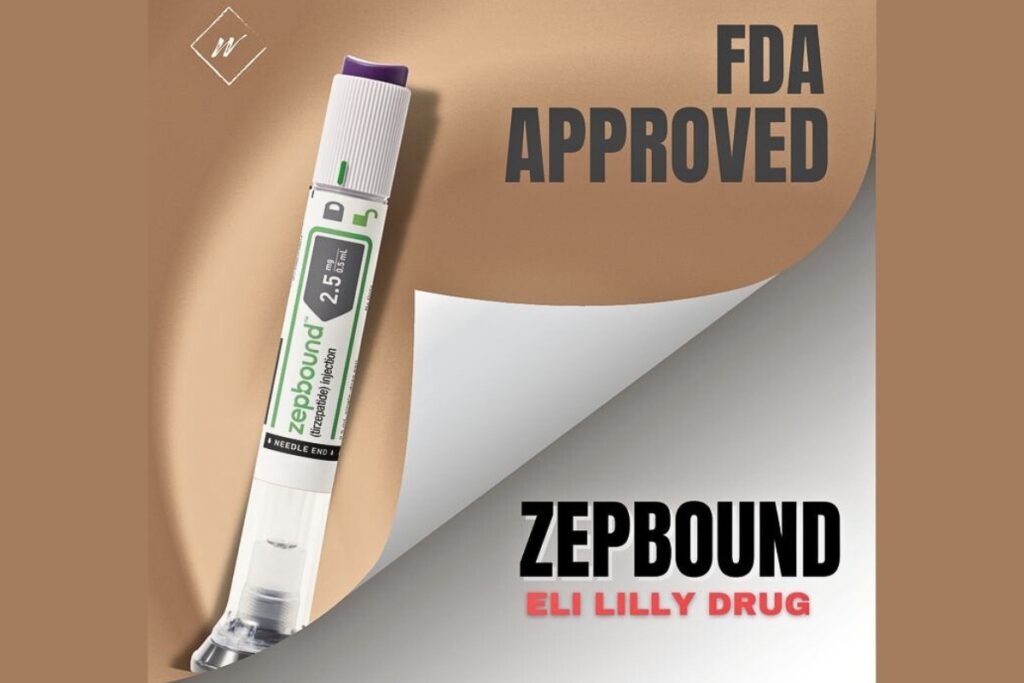In the ever-evolving world of weight loss solutions, pharmaceutical companies always look for innovative ways to meet customer demands. Recently, Eli Lily’s made headlines after introducing a new Zepbound weight loss drug for roughly half its usual monthly list price, aiming to reach millions of patients without insurance for the popular injection, like those with Medicare.
This action aims to expand the supply of Zepbound weight loss drugs in the U.S. as demand continues to skyrocket. The drug’s availability ensures that eligible patients who need it the most are accessing the real treatment and not copycat versions.

Eli Lilly’s decision to introduce a cheaper version of Zepbound, a weight loss drug, is a strategic response to the issue of Zepbound’s cost and availability. As the need for efficient weight reduction drugs keeps rising, many people who want to control their weight through medical intervention will likely embrace this significant development.
How Much Is the Zepbound Weight loss Drug?
Eli Lily’s is now offering 2.5-milligram and 5-milligram single-dose vials of Zepbound for $399 per month and $549 per month, respectively, on their direct-to-consumer website.
According to Patrik Jonsson, president of Eli Lilly Diabetes and Obesity, the lower price points will benefit patients willing to pay for Zepbound weight loss drugs and are enrolled in Medicare or employer-sponsored health plans that do not currently cover obesity treatments.
He mentioned that Medicare beneficiaries are also not eligible for Eli Lilly’s savings card programs for Zepbound. Under one program, people who have insurance coverage for Zepbound can pay as little as $25 out of pocket.

For patients whose business insurance does not cover the medication, the company provides an alternative. Patients who are presently enrolled in that program can continue to pay as little as $550 per month for Zepbound through the end of the year.
However, an update on the company’s website states that as of the day of the drug’s launch, the lowest cost of Zepbound would increase to $650 per month for new patients who enroll in the program. According to an Eli Lilly spokesman, the price increase will “help maintain the sustainability of the program as coverage for Zepbound improves.”
Zepbound and other well-known weight-loss medications, including Novo Nordisk’s Wegovy, cost about $1,000 per month before insurance and other rebates.
How Does Zepbound Make You Lose Weight?
Like many modern weight-loss medications, Zepbound weight-loss drugs work by targeting specific systems in the body that affect hunger and metabolism. They belong to a class of drugs known as GLP-1 receptor agonists, which mimic the function of a naturally occurring hormone called gut hormone or glucagon-like peptide-1 (GLP-1).
Patients usually start treatment with a 2.5-milligram dose, increase the amount gradually, and then take so-called maintenance doses to maintain their weight. GLP-1 is crucial in suppressing appetite, slowing gastric emptying, and regulating blood sugar.

When you take Zepbound, your brain’s GLP-1 receptors are stimulated, which in turn reduces your hunger. This means you feel fuller more quickly and for a longer period, which helps you eat less overall.
Zepbound also helps you feel fuller with smaller servings by slowing down stomach emptying, further contributing to weight loss. Over time, these effects result in significant reductions in body weight for many users.
However, it’s important to bear in mind that Zepbound weight loss medication works best when combined with a healthy diet and regular exercise. While the medication can provide a powerful boost to weight loss efforts, it is not a magic pill that acts on its own. Patients who follow a thorough weight-management plan that includes lifestyle changes tend to get the best results.
ALSO READ: Pfizer Continues Its Once-Daily Weight Loss Pill After Multiple Setbacks Last Year
Is Zepbound Better Than Ozempic for Weight Loss?
Zepbound and Ozempic are often compared when it comes to weight reduction drugs because of their comparable modes of action. Both medications are GLP-1 receptor agonists and have been demonstrated to be successful in promoting weight loss in patients.
However, depending on specific individual circumstances, differences between the two can make one more appropriate than the other. Ozempic was originally created as a treatment for type 2 diabetes, with weight loss being a secondary benefit observed in clinical trials.
Zepbound weight loss drugs, on the other hand, were specifically designed for weight loss, which means their dosage and formulation are optimized for this purpose. This could make Zepbound more effective for those whose main objective is weight loss rather than managing blood sugar levels.

Another factor to consider is the side effects profile of each medication. While both drugs can cause side effects such as constipation, diarrhea, and nausea, the severity and frequency of these side effects can vary from each person’s experience. Some patients may tolerate Zepbound better than Ozempic, or vice versa, depending on how their body reacts to the medication.
Ultimately, the decision between Zepbound and Ozempic should be made in consultation with a healthcare professional, who can evaluate which medication best fits you based on your unique needs and medical history.
How to Get Zepbound Directly From Eli Lilly?
Eli Lilly has launched a more affordable version of Zepbound weight loss medication, making it more accessible by selling directly to consumers through their online platform. This approach reduces costs and ensures a more reliable supply. Patients can consult with their healthcare provider, get detailed information, and complete prescriptions online by visiting the Eli Lilly website.

Additionally, Eli Lilly offers a discounted single-dose option, allowing patients to test the medication before committing to a full treatment plan and determining whether it is a suitable long-term solution.
How Long Does It Take to See Results From Zepbound?
Zepbound weight loss results vary depending on a person’s starting weight, diet, exercise level, and medication response. In clinical trials, some patients began losing weight within a matter of weeks, with the most significant improvement seen after several months. For instance, some people experienced weight loss of up to 15% of their initial body weight after six months and much more over time.

It is important for patients to understand that losing weight with Zepbound is a slow process and to have reasonable expectations. Rapid weight loss is not only unsustainable but can also be dangerous. With Zepbound, the goal is to lose weight steadily and long-term while making continuous lifestyle changes.
What Are the Side Effects of Zepbound?
Just like any medication, Zepbound comes with a risk of side effects. While many patients respond to the medication well, some may experience mild to moderate side effects, especially in the initial stages of treatment.
However, in some cases, these side effects can be more persistent or severe, requiring adjustments to the dosage or stopping it altogether.

Zepbound side effects that are less common but more serious include allergic reactions, gallbladder disease, and pancreatitis. Patients are advised to seek immediate medical attention if they experience symptoms like severe stomach discomfort, yellowing of the skin or eyes, or difficulty breathing.
Talk to your doctor about any worries you may have regarding side effects. They can help you weigh the benefits and risks of continuing Zepbound weight loss medication.
Eli Lilly’s Strategy to Improve Zepbound Availability Amid Rising Demand
Supply chain issues occasionally result in Zepbound shortages, raising concerns for patients and healthcare providers. This is due to the rising demand for effective weight loss medications. These shortages could disrupt treatment plans and hinder progress.

Eli Lilly has simplified the distribution procedure and released a discounted single-dose version of Zepbound in an effort to overcome these problems and increase the drug’s accessibility.
To keep up with the increasing demand, Eli Lilly has increased its manufacturing capacity and sold directly to consumers. While there might still be occasional shortages, these efforts are expected to reduce disruptions and improve the overall availability of Zepbound.
You Might Also Like:
US Recession Looms, and ‘A Few Rate Cuts’ Won’t Stop It, Warns Strategist
How the 2024 Election Could Influence Homebuilder Stocks
Crypto Industry Represents Nearly Half of Corporate Donations in 2024 Election, Report Finds
30-Year Mortgage Rates in the U.S. Drop to Lowest Level Since April 2023
Microsoft’s AI Software Gaining Popularity Among Enterprise Customers

